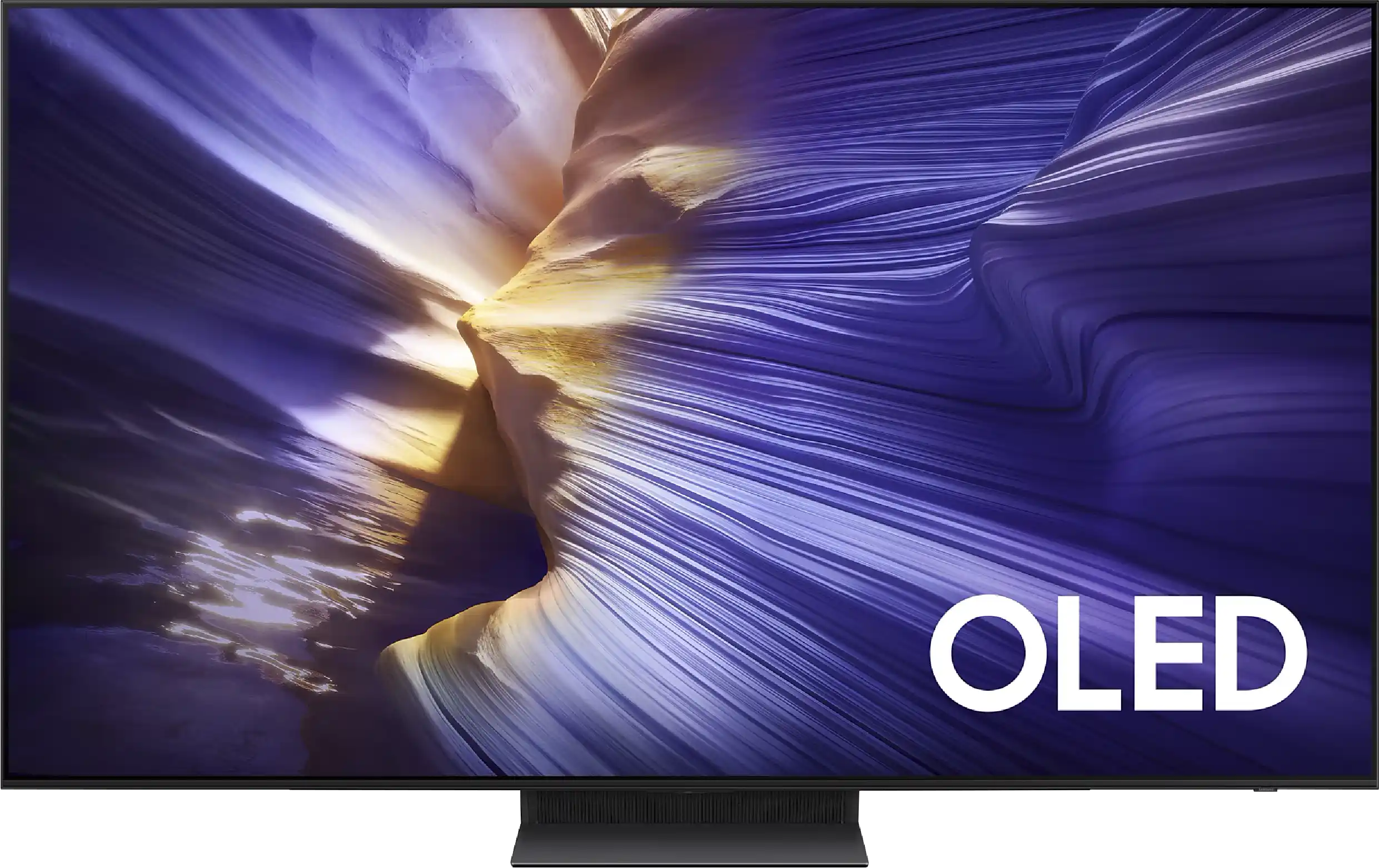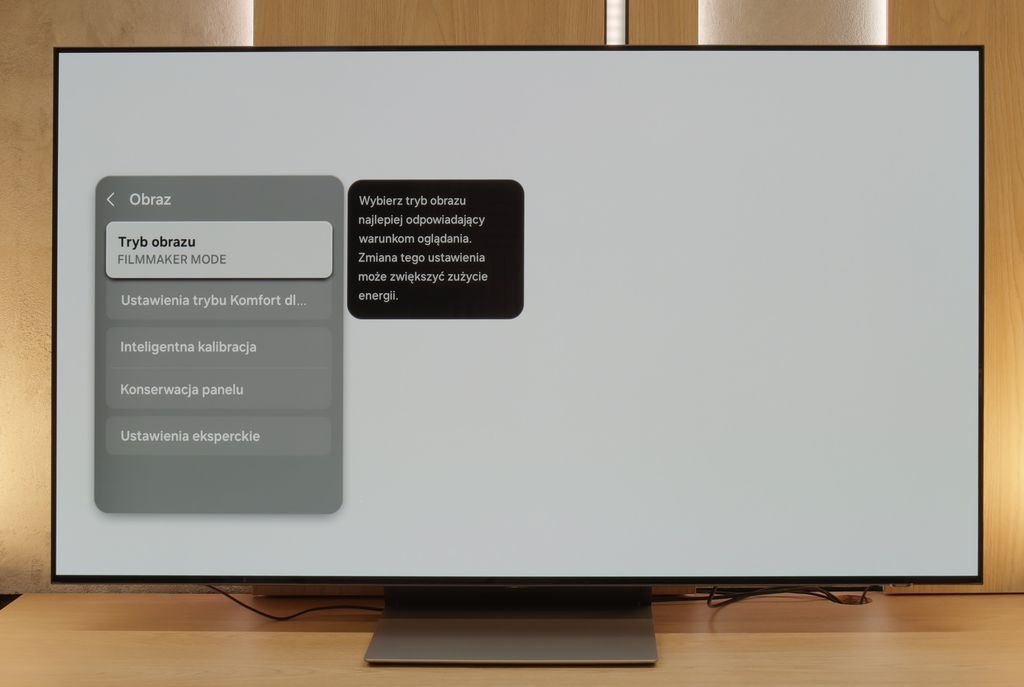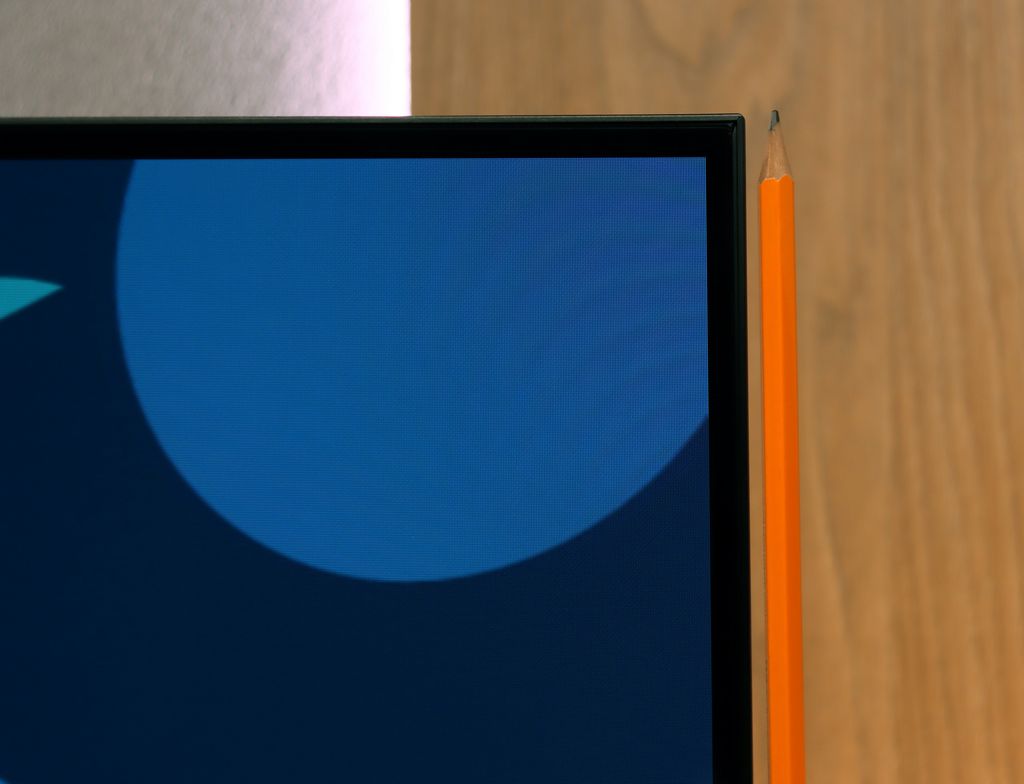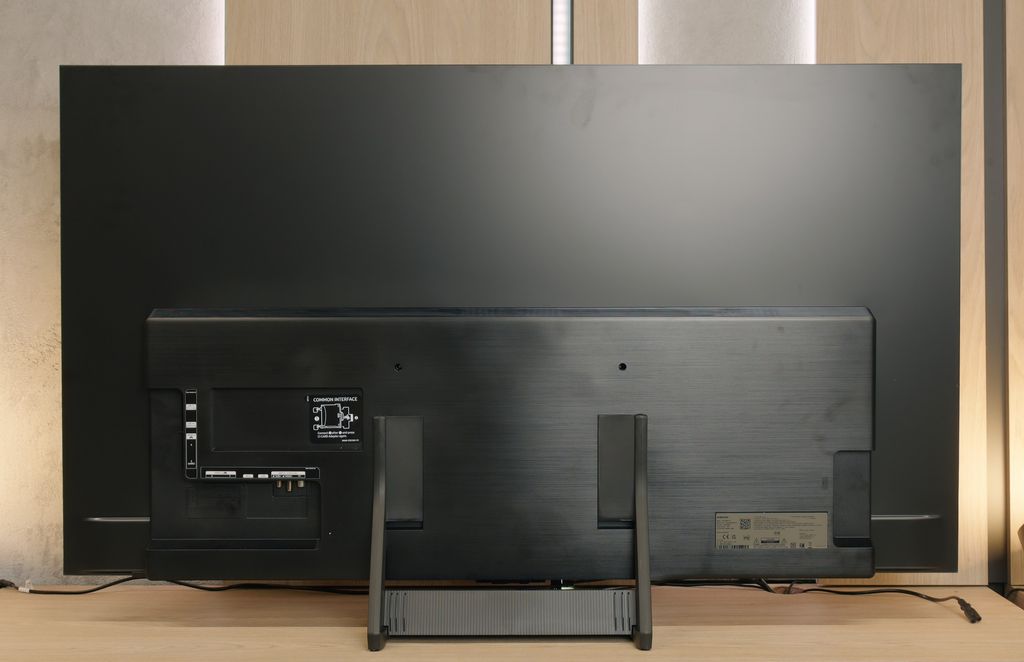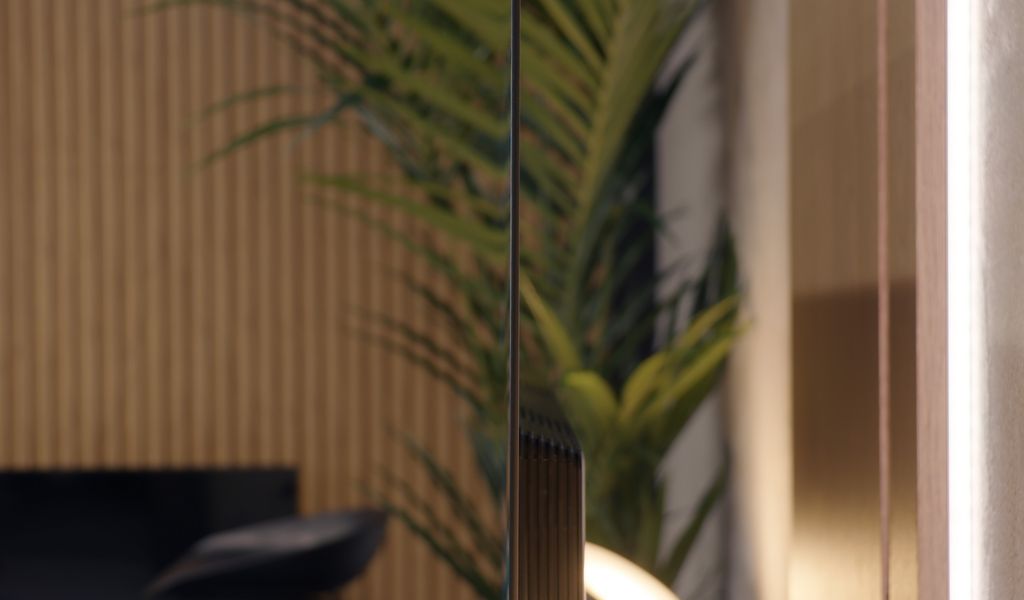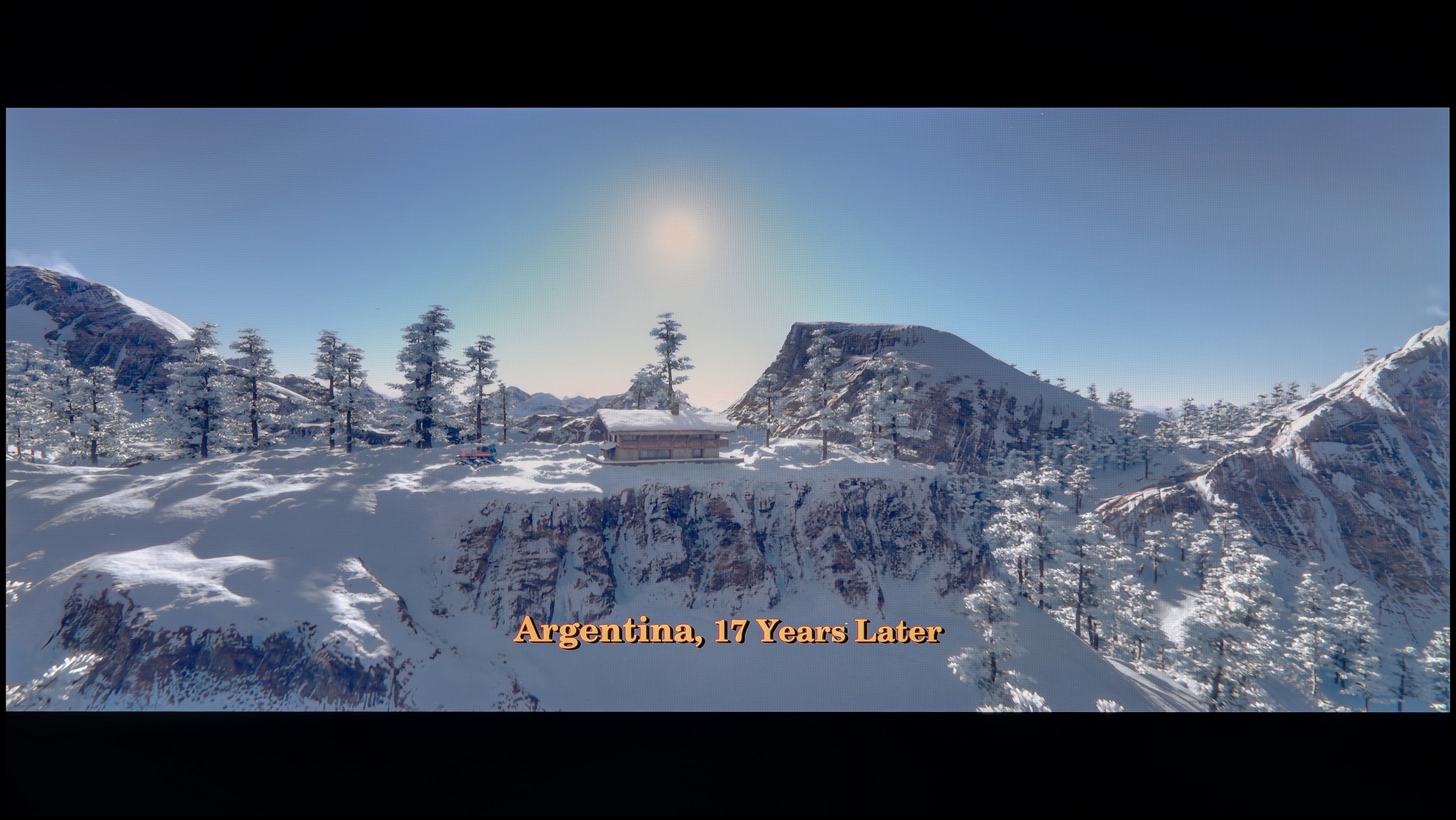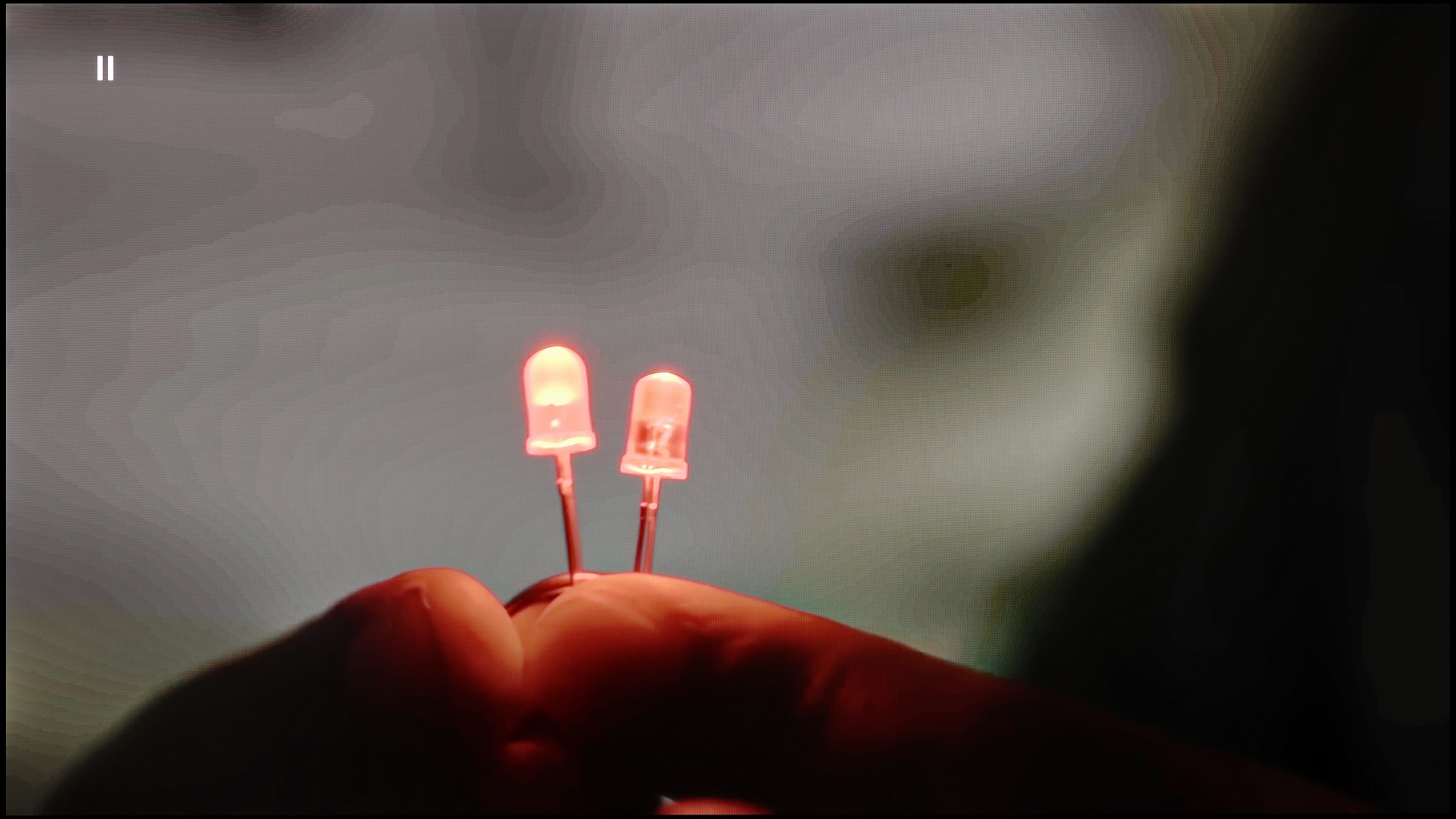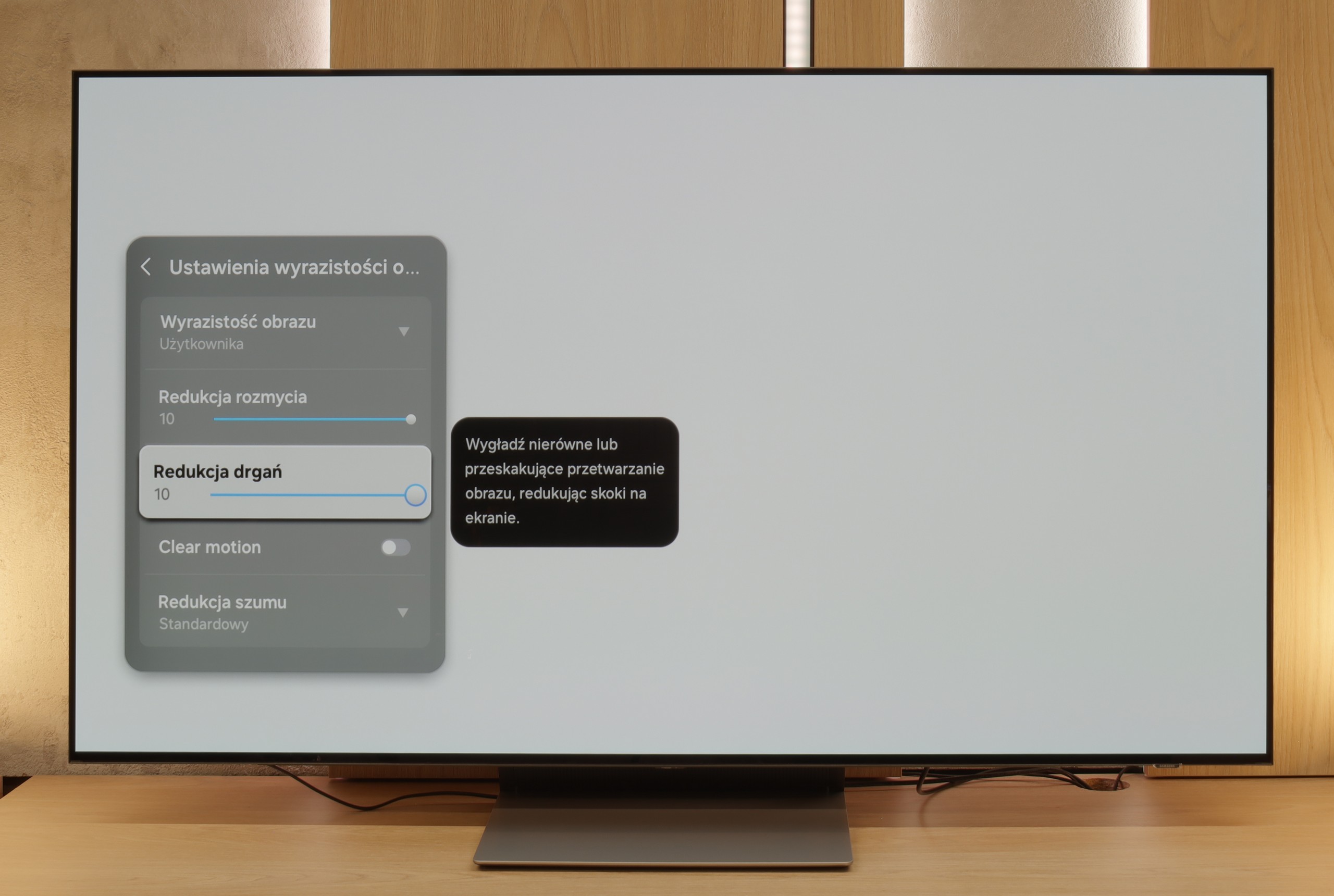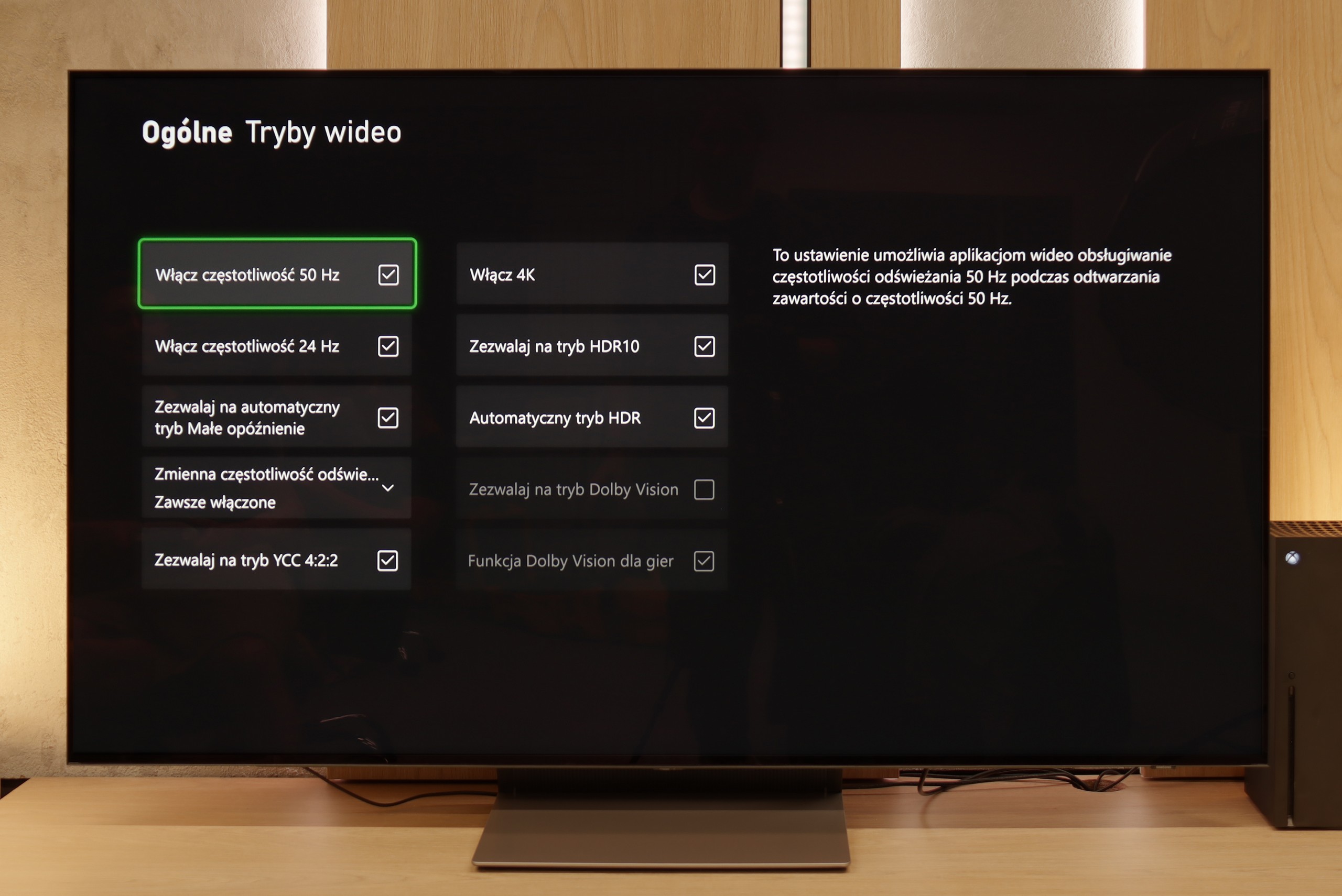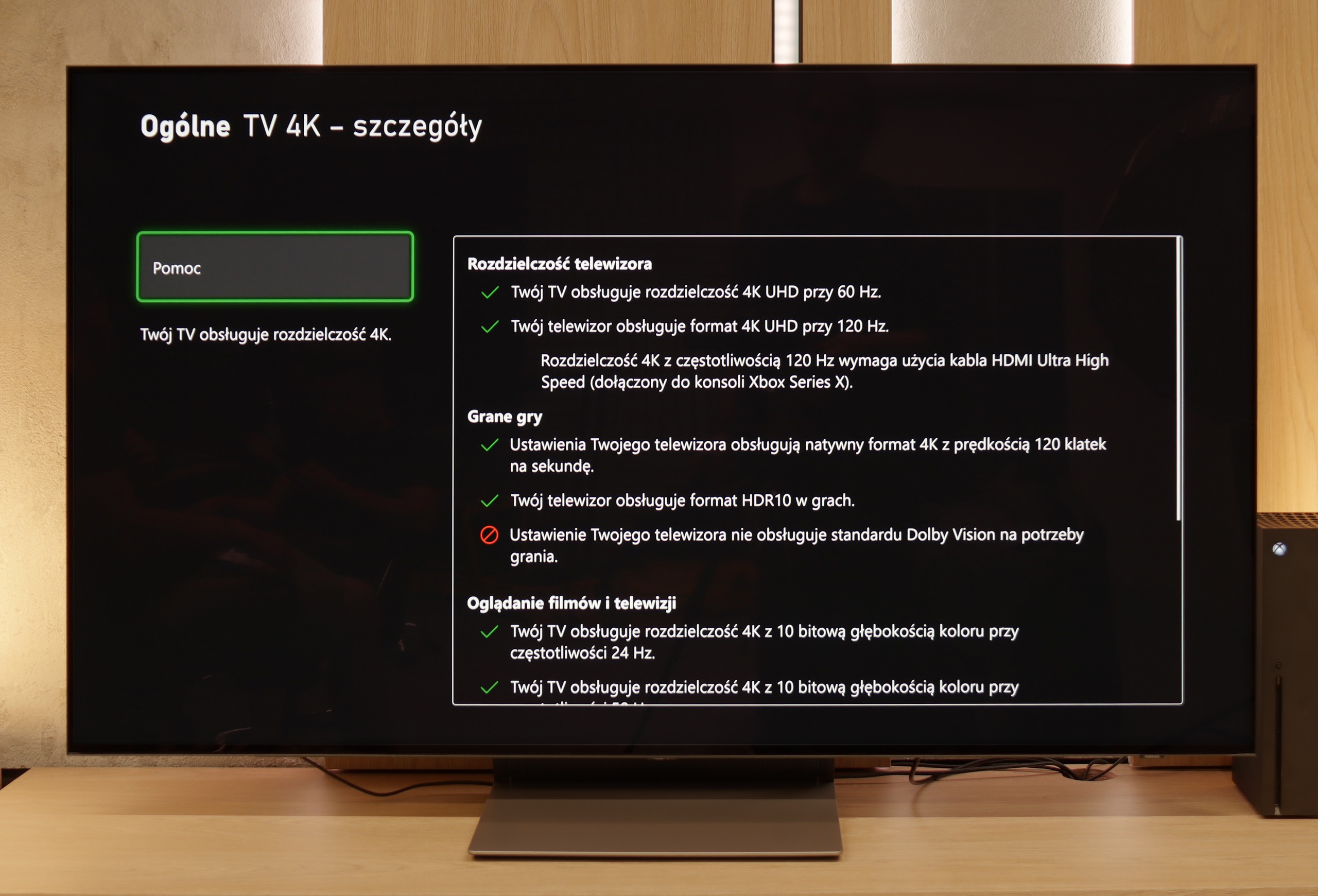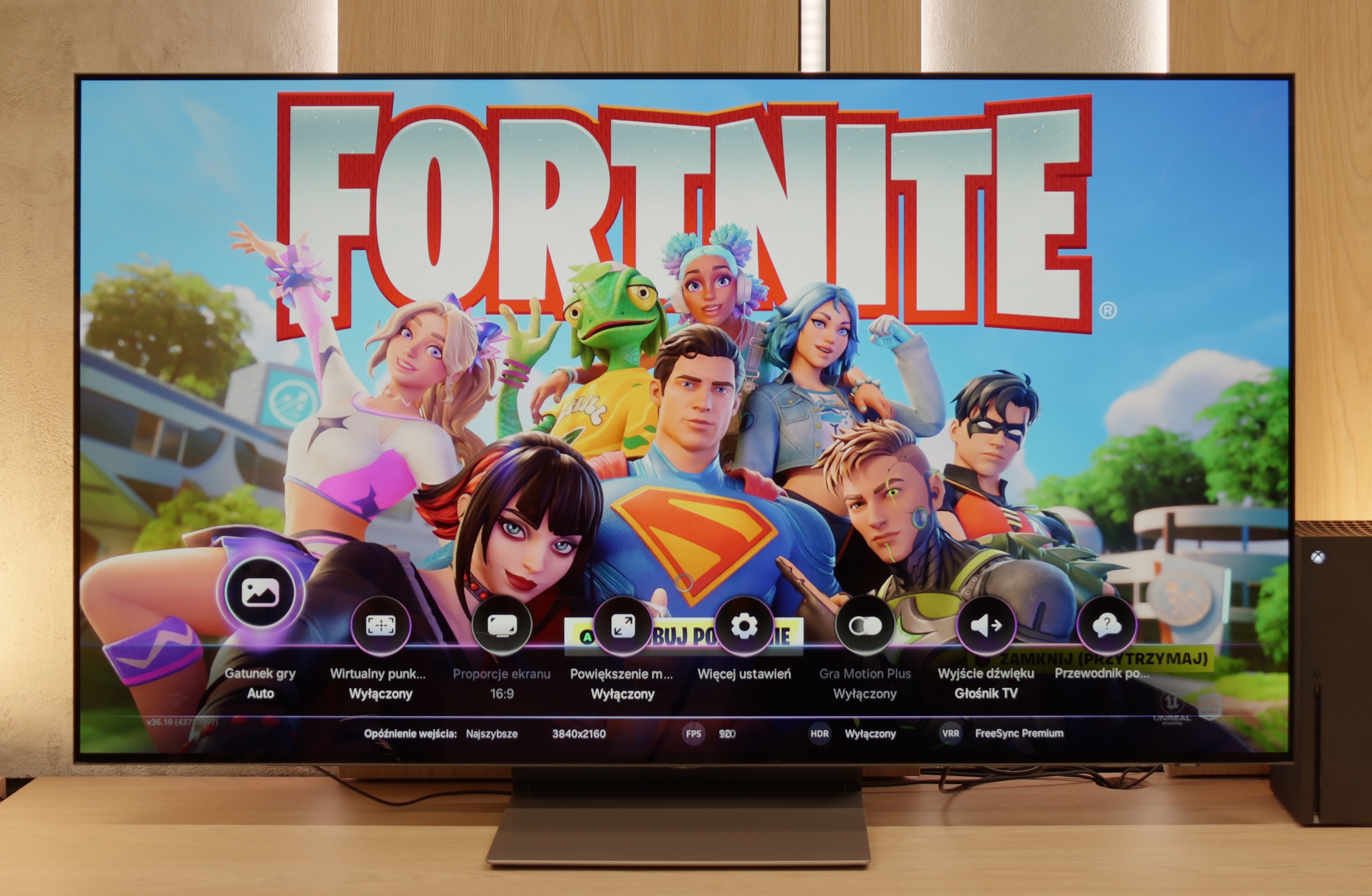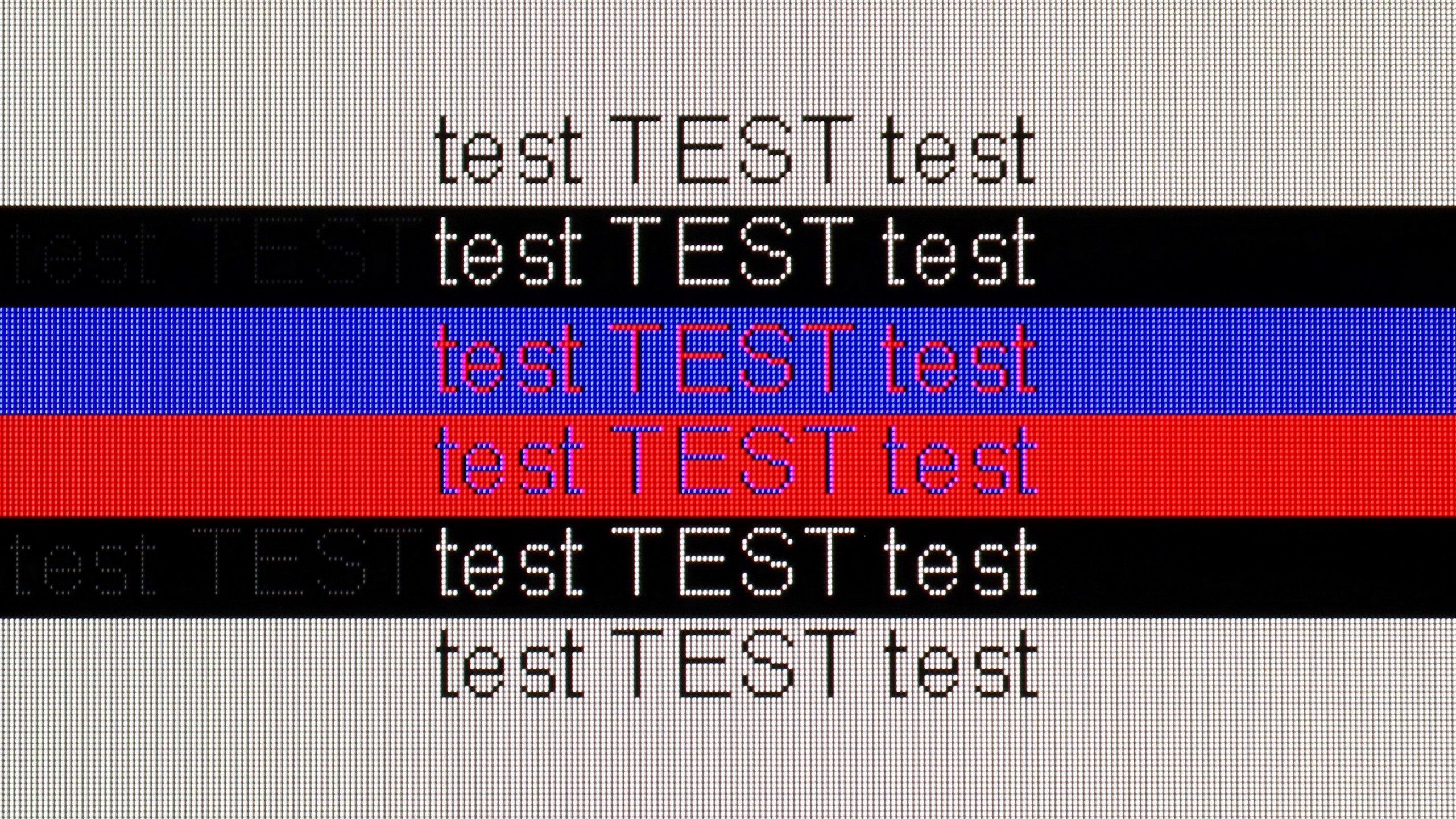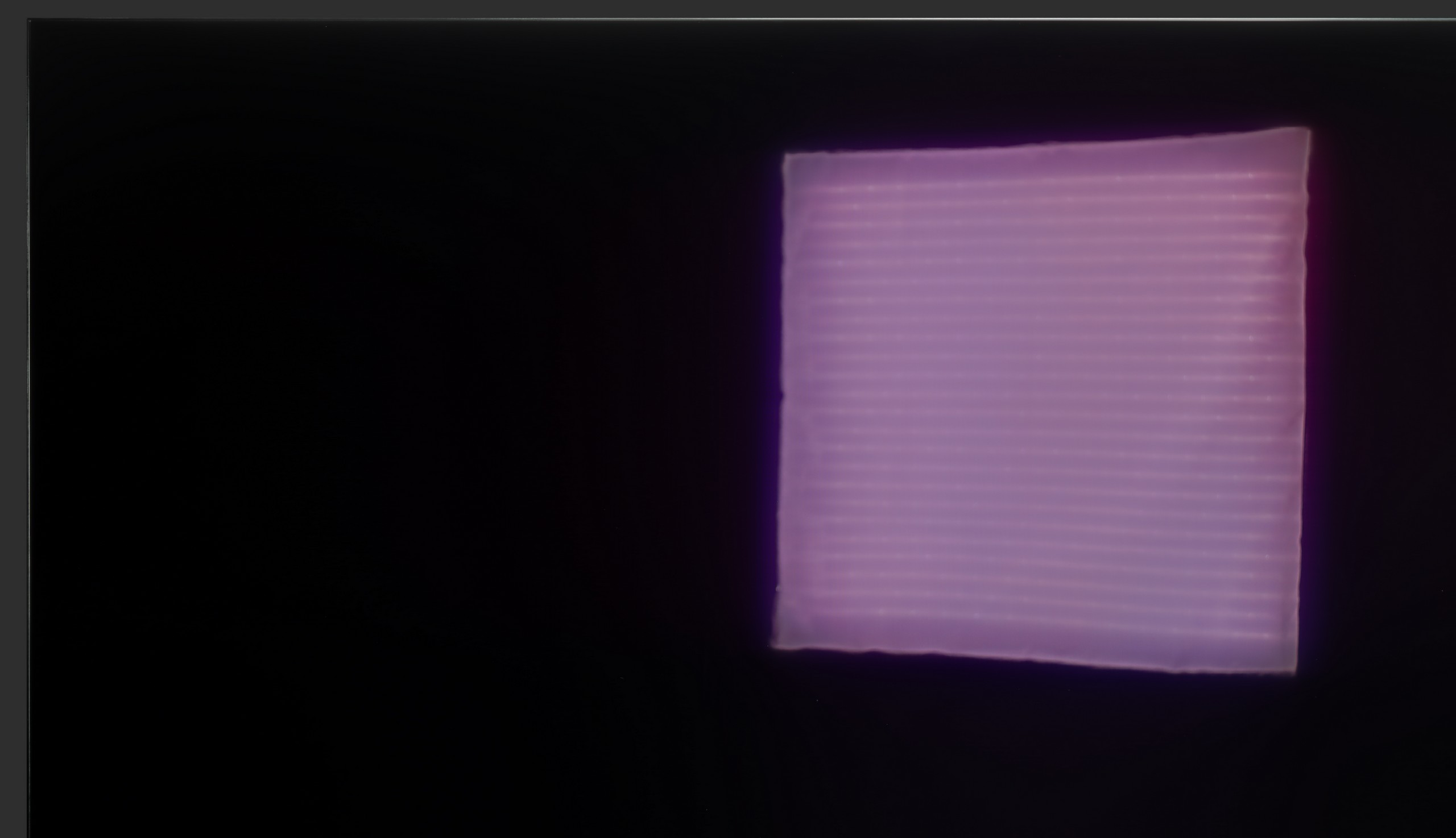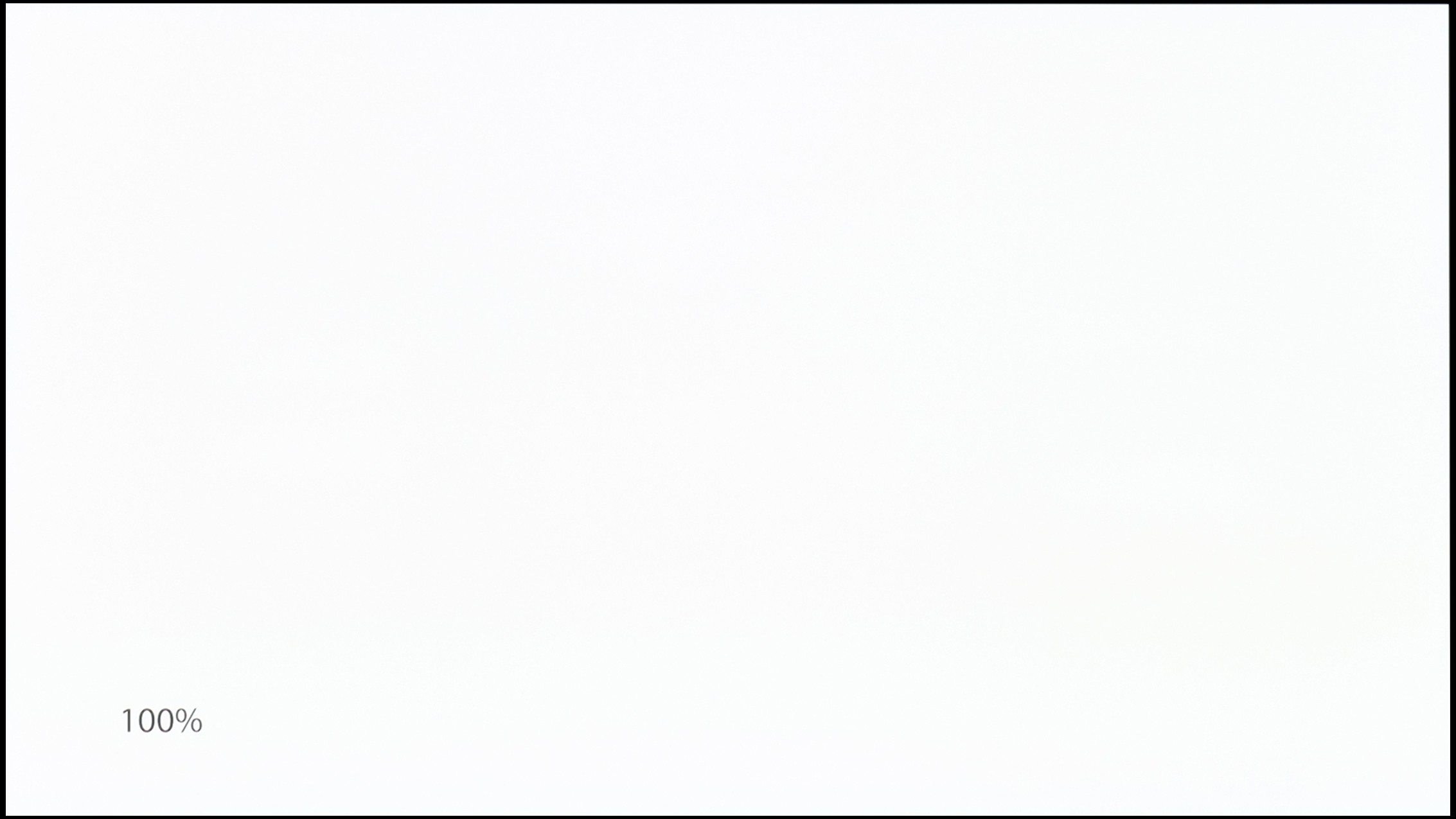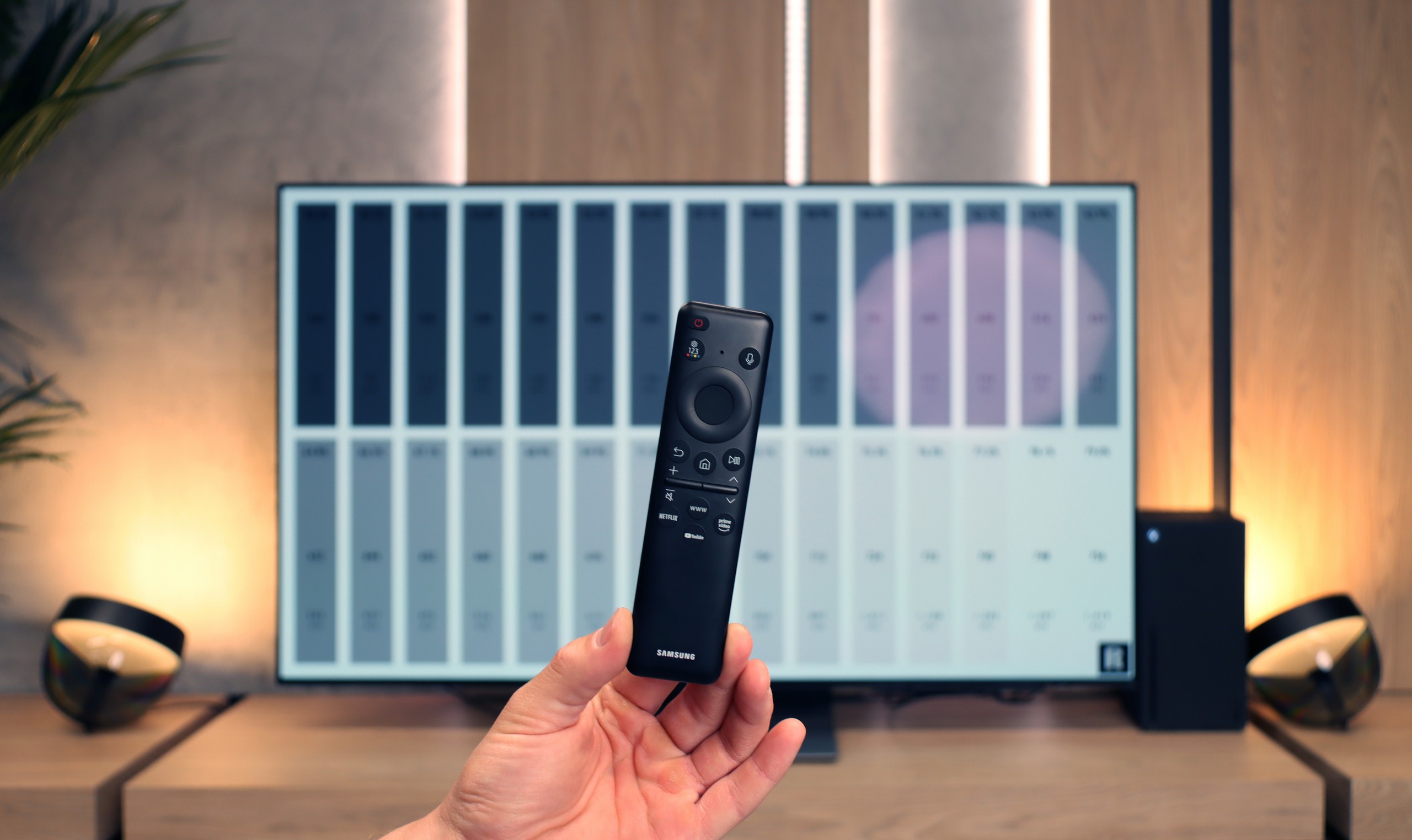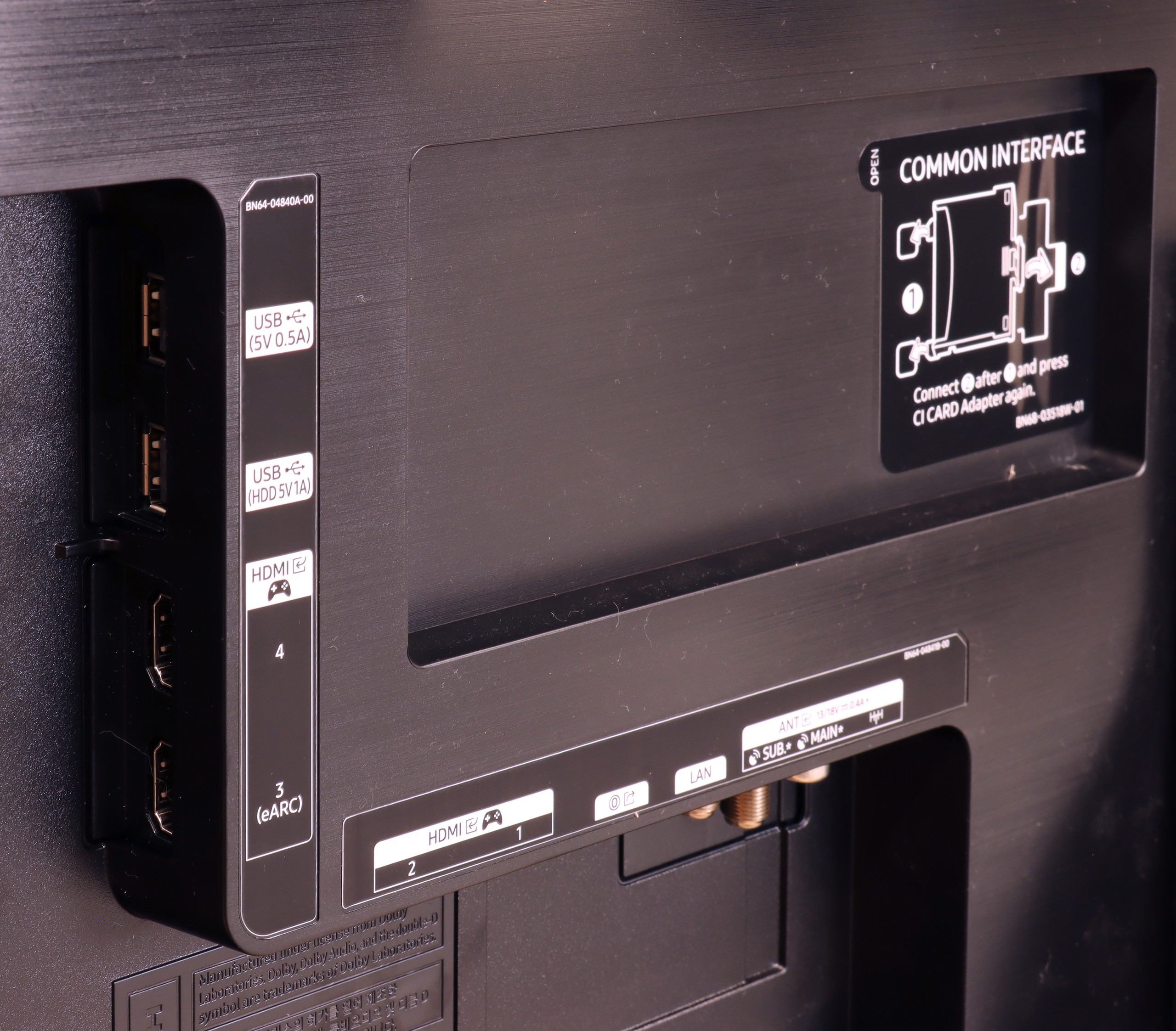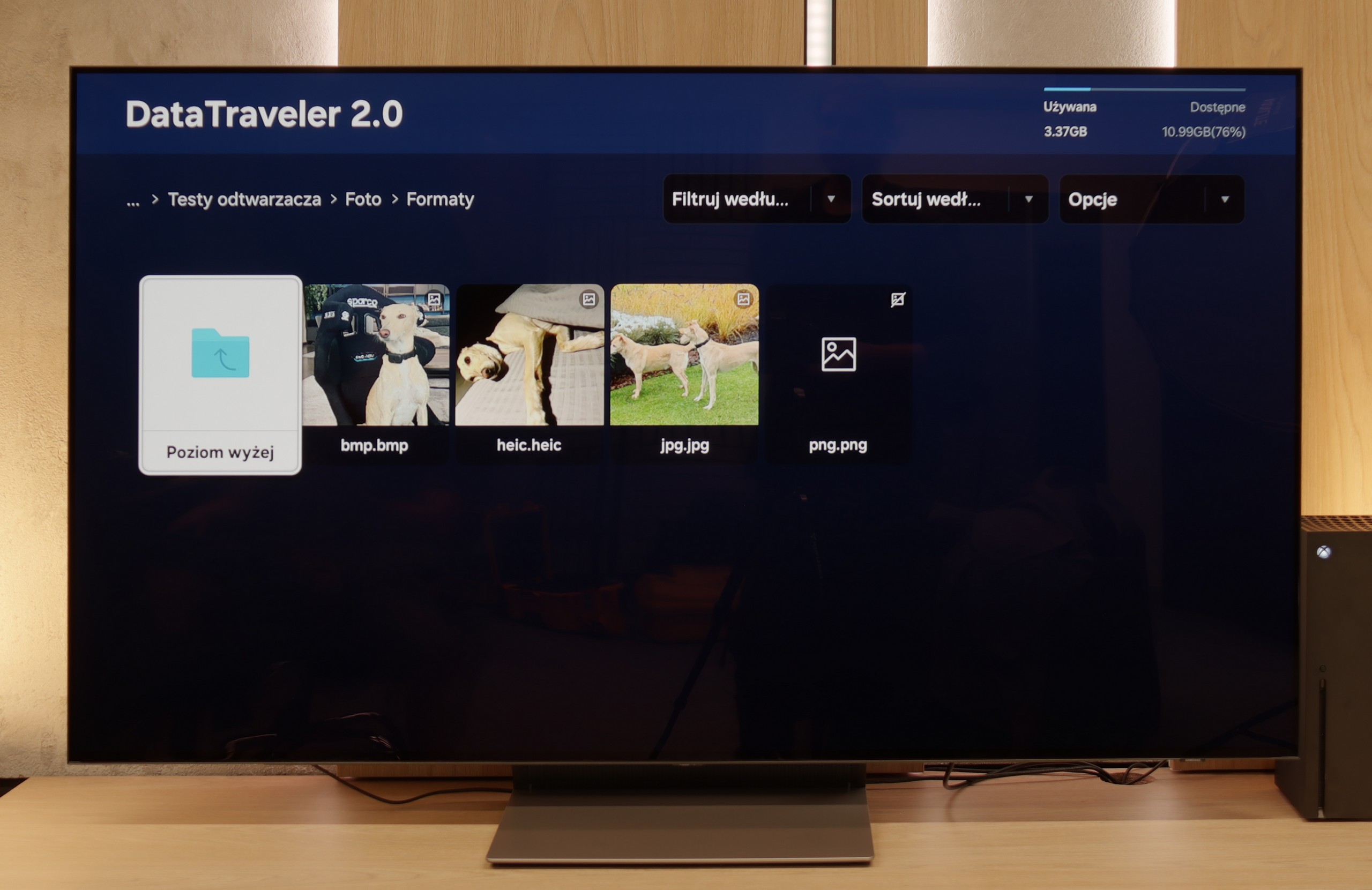LG has used its well-established proprietary WebOS system, a staple in its televisions for many years. This system provides access to virtually all major applications, with only a few notable exceptions, such as CDA or KODI. Additionally, the modern web browser and the remote control with a built-in mouse make streaming services easily accessible, even when specific apps are unavailable. One of WebOS's standout features is its ability to operate using a cursor that appears when the remote control is moved, offering great convenience when entering queries or passwords.
WebOS also includes screen mirroring, AirPlay, and Bluetooth headphone connectivity. For users with hearing impairments, it’s worth noting that WebOS allows the simultaneous use of headphones and the TV speaker, providing added flexibility. For sports fans, the system has a handy alert feature that notifies users of an upcoming match, ensuring they never miss a game.
Another highlight is the home panel, which enables users to control all smart devices connected to their home network. For example, a completed washing cycle will trigger a notification in the upper right corner of the screen.
In conclusion, while WebOS may not be as widely known or feature-rich as Android TV, it offers stable, fast performance and supports the majority of functions that users need. It is a solid and reliable option for those seeking a simple, effective, and user-friendly operating system for their television.
The Samsung S90F is equipped with many classic TV features such as EPG, CI module, and headphone support, but there's also something more here. Thanks to the presence of several tuners, the television offers a picture-in-picture (PiP) function – very useful, for example, when we're watching one match but want to glance at the score of another one happening simultaneously. It's a shame that Samsung has completely abandoned USB recording for some time now, but it somewhat compensates for this with good integration with decoders and other devices. The remote – although small and lacking a numeric keypad – allows control of many devices connected to the television. We can easily operate a decoder, amplifier, console, or other equipment with it, and this can be done without the need to reach for multiple remotes.
As for the Smart TV system – Tizen on the S90F works very smoothly, which is not always the case with cheaper models featuring this system. The system itself is extensive and offers plenty of features – we have screen mirroring, AirPlay, Bluetooth device support, and many options related to smart home control, such as managing light bulbs or other smart devices directly from the television. However, it's important to remember that Tizen is a closed system, so when it comes to apps – we are limited to what we find in the Samsung store. While this store is quite extensive, it does not match the flexibility of the Google TV platform. It's worth keeping this in mind if you have specific needs for niche applications.

